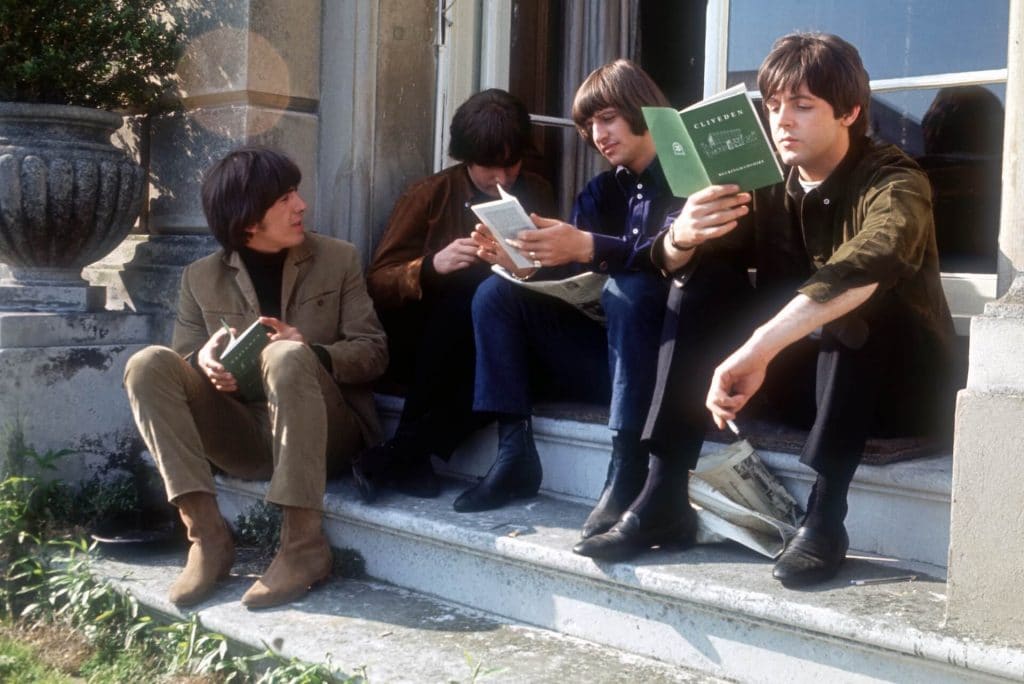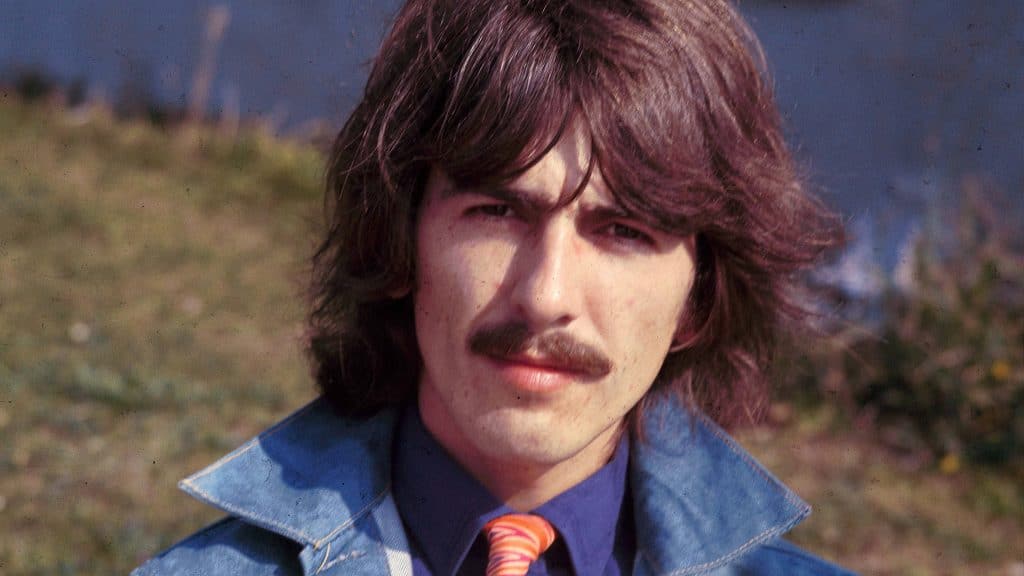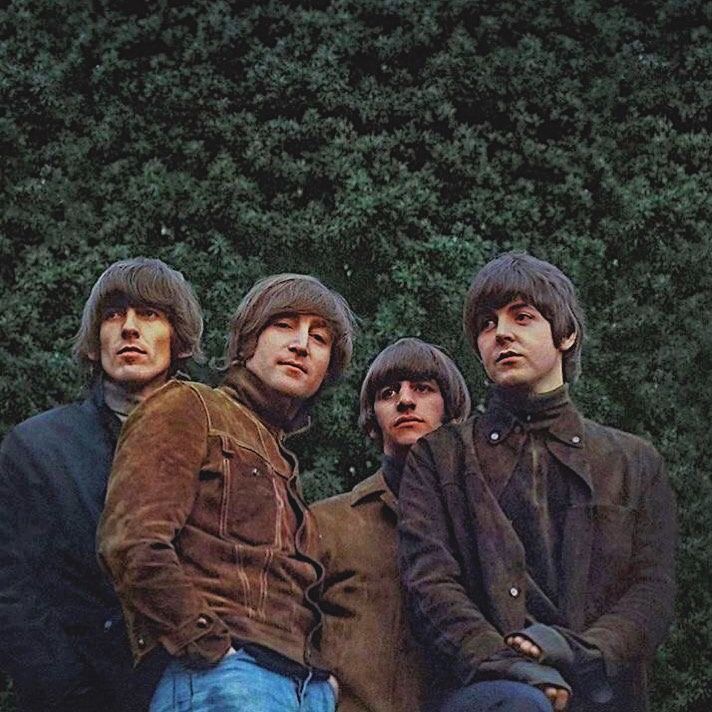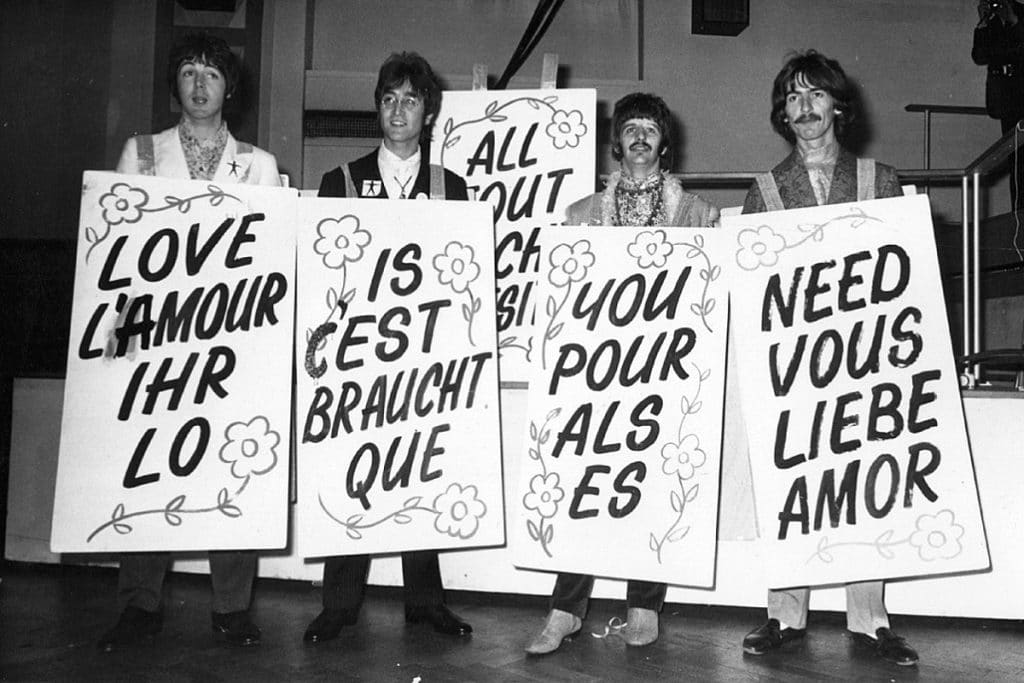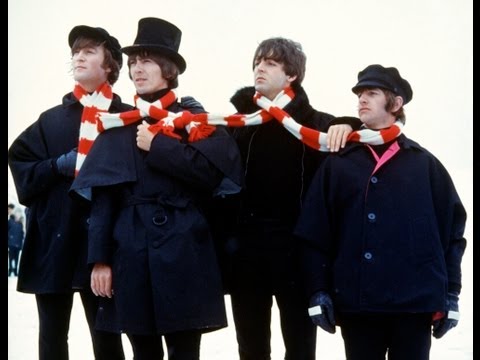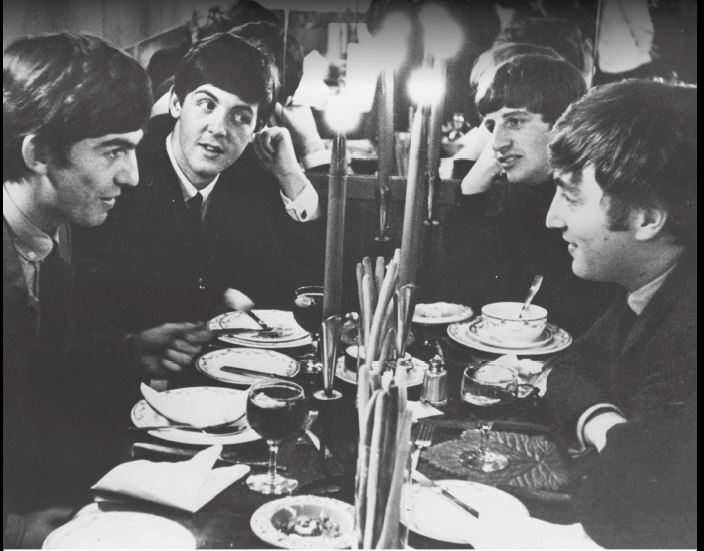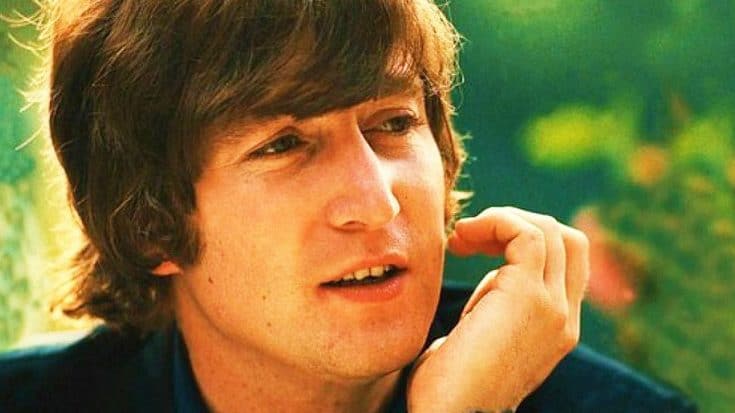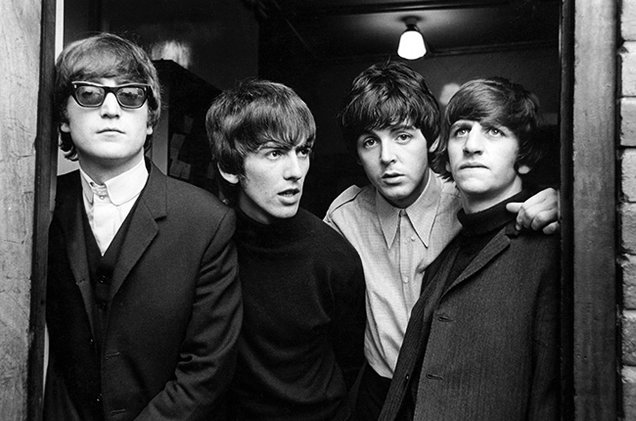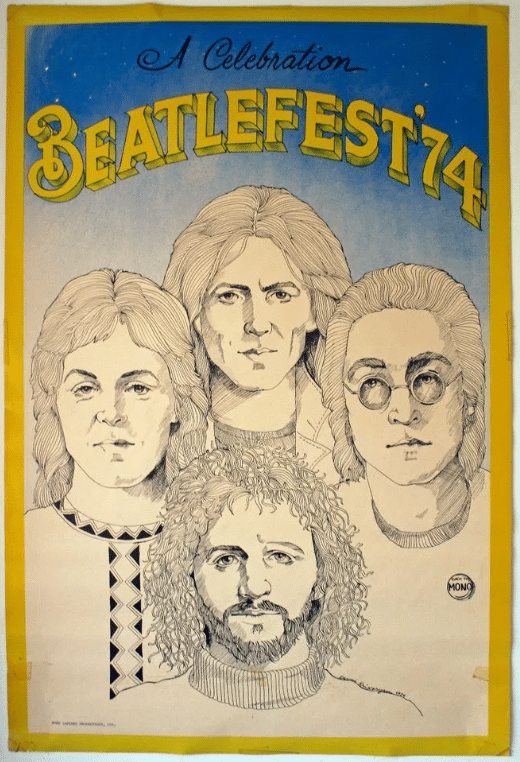Since January 2021, we’ve been examining The Beatles’ 1965 work of genius, Rubber Soul, taking deep dives into each track. Having concluded Side One, this month we took a short intermission to stand, stretch, and have a bit of fun.
We invited Fest for Beatles Fans poet Terri Whitney — who has written two books of poetry on The Beatles and other rock’n’roll greats — to serve as one of the judges in a POETRY CONTEST in her honor: The Rockin’ Rhymer Poetry Contest.
Thanks to all who submitted poems. They were all wonderful.
Here are the three winning poems…
Sai Matekar, Winner
In My Life/ Two of Us (or 6th july, 1957, the birth of the Beatles)
6th July, 1957
Woolton church fete, on a beautiful sunny day
Life became a song,
When, John found Paul
Soulmate found soulmate
Music found magic,
Loss found love,
When Paths lead to home,
Wrong Words and banjo chords,
Found lost rhymes and a tuned guitar
Together came
Motherless sons, two
They, cried
Till nothing was left inside,
On a neverending night
Lines, in fully formed songs
Songs, in half written lines
Hands four played one melody,
Strings across searching eyes
Knee to knee,
Growing and healing
Memories,
Longer and
On a long road,
John hugged Paul
When the world changed
And they
Changed the world
When Paul hugged John,
On a road, long
and longer memories
Of healing and growing,
Knee to knee
Eyes searching, across strings
One melody played four hands,
Lines written, half in songs
Songs formed fully in lines
On a Night, neverending
Inside, nothing was left
Till they cried,
Two Sons,
Motherless
Came together
A tuned guitar and lost rhymes,
Found banjo chords and wrong words
Home lead to paths,
When Love found loss,
Magic found music,
Soulmate found soulmate ,
Paul found John, when
A song came to life
On a beautiful sunny day, Woolton church fete
1957,July 6th
Phillip Kirkland, First Runner-Up
THE LIFE OF JOHNNY (ABRIDGED)
Born of Mother (partly timey)
Virtual Orphan, Mimi cares
Wayward Johnny, daily howly
Auntie living deep despairs
Cocky muso young McCartney
Teaches roughneck, tuney strings
Jam together, fledgling combo
Rock ‘n’ Roll ‘n’ Blues ‘n’ things
Off to Hamburg, popping Prellies
Playing socks off, kiddies’ cheers
Man, we’re groovy little group now
Playing Cavern, Epstein hears
Richly contract, muchy money
Funny haircut, shiny suit
Liddypool is distant memory
Muchy fame and girls to boot
Arty Yoko, avant gardly
Wide-eyed Johnny, falls in lust
Beatles crumbly, end of era
Golden Apple turns to dust
Uncle Sammy, John and Yoko
Little Sean and baking bread
Starting Over, not for muchly
Mad assassin – Johnny’s dead!
Presley Moffett, Second Runner-Up
Like Mother, Like Daughter
Like mother, like daughter
Music is our common bond
And every moment in our lives is connected to a song
Mom gave me her copy of Sgt. Pepper
She bought the record
Sometime in the ’80s
The vinyl was missing, but the cover was still intact
She gave it to me and said, “I have listened to this album since I was your age in fact.”
Like mother, like daughter
Music is our common bond
And every moment in our lives is connected to a song
On the way to elementary school
Mom and I would listen to the 1 CD
It became a daily ritual
Driving down the street
Me singing my heart out in the backseat
We didn’t have real microphones
So we just used our hands, you know
Like mother, like daughter
Music is our common bond
And every moment in our lives is connected to a song
Even years later
I’m in college about graduate
And we still listen to The Beatles in the car
As soon as the first note starts
We get lost in the lyrics and forget everything else
It’s truly an escape from the chaos this world creates
Like mother, like daughter
Music is our common bond
And every moment in our lives is connected to a song
Sometimes we fight because we care
Because we never want to hurt each other
Or be unfair but
With all the challenges we face
The Beatles have ultimately brought us closer together
Like mother, like daughter
Music is our common bond
And every moment in our lives is connected to a song








